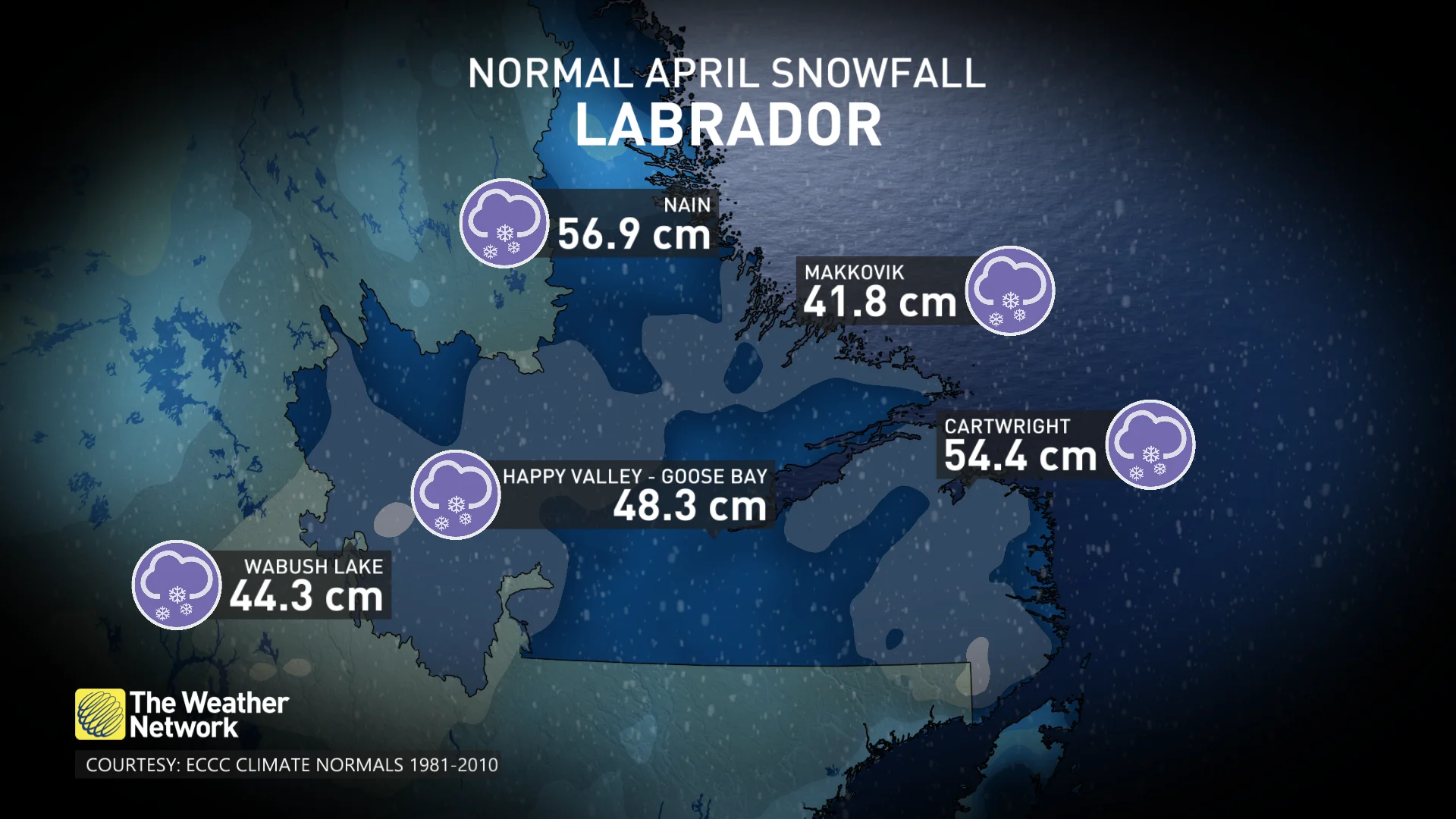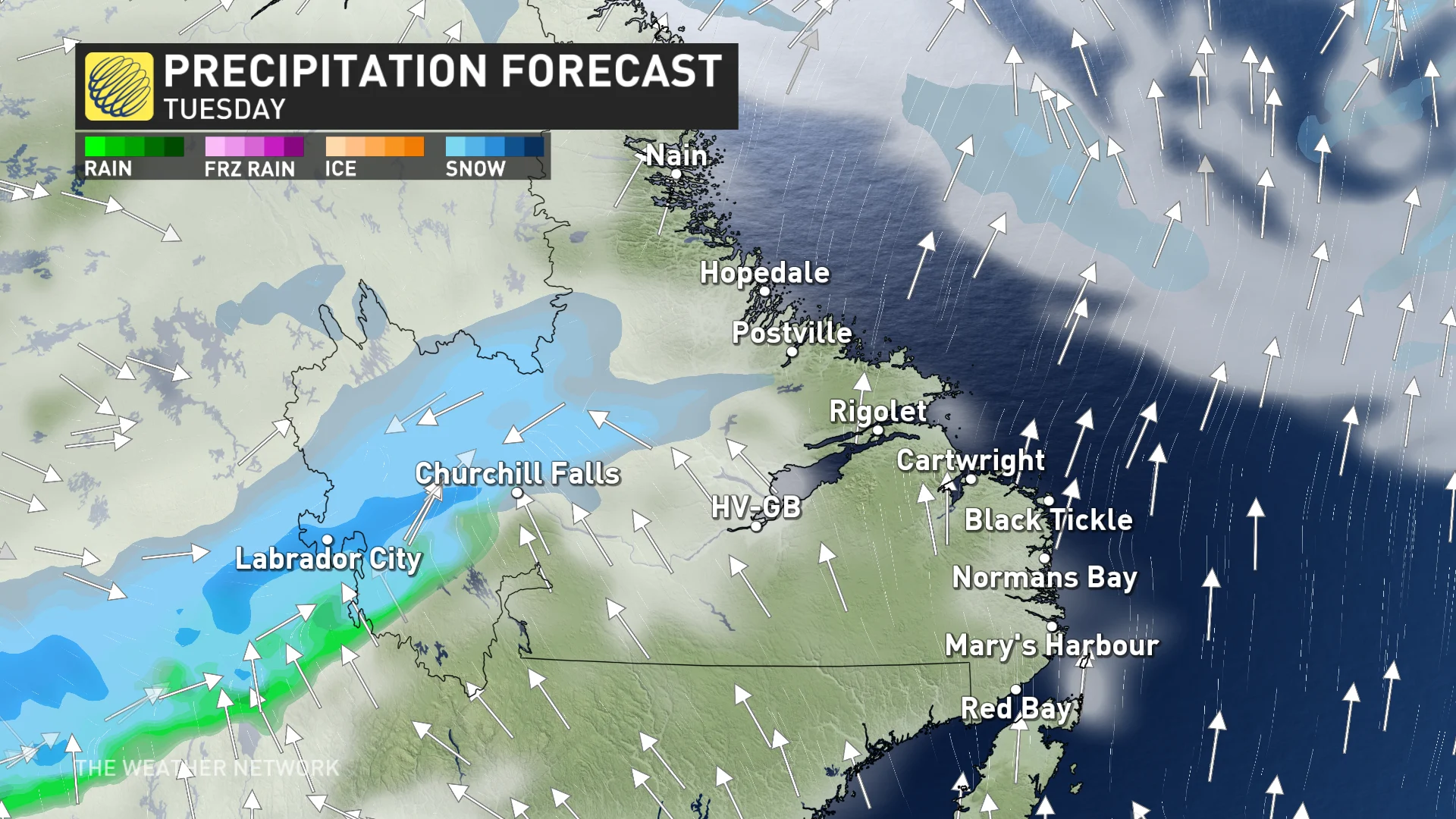News
Canada, U.S. should manage COVID-19 risk next time instead of closing border: report – Global News
When, not if, the next pandemic strikes, Canada and the United States need to work more closely together on a mutual, integrated strategy for managing risk at the shared border, rather than trying to shut it down entirely, a new report says.
A task force assembled by the D.C.-based Wilson Center, which included former Quebec premier Jean Charest and former Canadian justice minister Anne McLellan, concluded in its final report that closing the border entirely to non-essential travel likely did as much harm as good.
Next time — and there will be a next time, the panel warns — a plan to mitigate risk rather than trying to reduce it to zero would ultimately be a better solution, its members said Friday.
“A lot of people personally suffered through this period ? there was a very high cost on a personal level that can’t be measured, but it was real,” Charest said during the virtual launch of the final report.
“If only for that reason, we believe governments would be well-advised to look at more of a risk management approach.”
The panel also included former Washington governor Christine Gregoire and James Douglas, the former governor of Vermont, both of them from border states where managing the shared frontier is a more pressing priority than it might be in other parts of the country.
The panel also found that despite the lived experience of similar public health crises in the past, such as the SARS outbreak in Toronto in 2003 or the H1N1 swine flu pandemic of 2009, neither country seemed to apply the lessons they had already learned.

And despite public pronouncements of a mutual, bilateral plan when the COVID-19 border restrictions were first imposed in March 2020, Canada and the U.S. didn’t actually work together on the strategy as closely as was believed, Charest added.
Unlike in the immediate aftermath of the 9/11 attacks in 2001, when the U.S. suddenly and unilaterally closed its borders to international travel, “this time, a decision was taken to act together, and to be synchronized,” Charest said.
“Only what we discovered in looking at the process is that there was much less co-ordination than what we had thought there should have been — much less.”
Among the report’s other findings:
— There was no tangible plan in place for a return to normal operations, making for uneven and unpredictable conditions across the length of the 9,000-kilometre border;
— A lack of government responsiveness to the concerns of individuals and businesses undermined public confidence in the measures and their efficacy;
— The restrictions focused on the purpose of travel, rather than on engaging members of the public about how they could cross the border safely;
— Legislators and lawmakers at the national level were “largely marginalized,” as were regional and local government officials;
— Both countries missed the opportunity to partner with the private sector and incorporate input from businesses on how best to manage the restrictions.

The panel also called for border authorities to be more creative in finding solutions for people with urgent travel needs, including through pilot projects, “trusted tester” programs and adapting restrictions in various regions to better suit the needs of local communities.
“Quite candidly, at the end of the day, we don’t want a separation,” Gregoire said. “We really fundamentally believe that there are technological advances, there are opportunities. If we can keep planes in the air, where people can travel, we can keep that border open.”
Canadians and Americans alike both adjusted in time to the new measures that were put in place at the border following the 9/11 attacks, and will do so again after the pandemic, said McLellan, who was justice minister in Jean Chretien’s government at the time.
“Now you don’t hear anyone complaining about the fact they have to have a passport to cross the border,” McLellan said.
“Just as after 9/11, life doesn’t return to so-called normal. It is a new life, with a set of new procedures, but in fact, we all live happily within that domain.”
The travel rules prohibited non-essential leisure travel over the land border without restricting trade shipments and essential workers. Canada began easing restrictions for fully vaccinated travellers in August, while a new U.S. requirement that travellers be fully vaccinated will take effect Nov. 8.
Late Friday, the U.S. announced that starting on Nov. 8 non-citizen travellers will be permitted to enter the U.S. through a land border or ferry terminal for a non-essential reason, provided they are fully vaccinated and can present proof of COVID-19 vaccination status. There is no need for a test at the land border.
Unvaccinated travelers may continue to cross the border for essential travel, including lawful trade, emergency response, and public health purposes.

Starting in January 2022, all inbound foreign national travellers to the U.S. must be fully vaccinated for COVID-19 and provide related proof of vaccination.
The U.S. will continue to require that air travellers produce evidence of a recent negative COVID-19 test, but the office of New York congressman Brian Higgins says that requirement won’t apply to those entering the country by land.
“U.S. Customs and Border Protection confirmed for us again today that there will not be a testing requirement for vaccinated travellers to cross the land border,” Higgins’ office said in a statement.
Higgins has already called on Canada’s federal government to abandon its requirement that travellers submit the results of a costly PCR test before arriving at a land-border crossing. The $200 test is a significant deterrent to travel and a drag on the economic recovery in border communities, he said.
Dr. Theresa Tam, Canada’s chief public health officer, acknowledged Friday that testing is “very much a live issue” both inside the federal government, as well as in discussions with provinces and territories.

But as of now, she said the testing requirement remains an important safety measure, even with strong vaccination rates in Canada, particularly given the uncertainty surrounding the Delta variant and lingering questions about how long vaccines remain effective.
“No layer of protection is ever 100 per cent perfect, we know that,” Tam said.
“With all these considerations, I think having that additional layer of protection (from testing) is important at this time, but we will review it.”
© 2021 The Canadian Press
News
Body believed to be missing B.C. kayaker found in U.S., RCMP say – CBC.ca


The RCMP say a body that was recovered by authorities in Washington state is believed to be one of two kayakers reported missing off Vancouver Island on Saturday.
Const. Alex Bérubé said the identity of the body found on San Juan Island, just south of the border, is still to be confirmed by the coroner.
A search has been underway in the waters off Sidney, B.C., about 25 kilometres north of Victoria, since the two kayakers were reported missing.
RCMP previously said Daniel MacAlpine, 36, and Nicolas West, 26, went missing while kayaking from D’Arcy Island to View Beach on Saturday afternoon. They were in a teal blue, fibreglass, two-person kayak.
Police said members of the Central Saanich Police Department and Peninsula Emergency Measures Organization search and rescue were involved in the search, and the Joint Rescue Co-ordination Centre and Canadian Coast Guard were also assisting.
News
Some Canadians will be digging out of 25+ cm of snow by Friday – The Weather Network
Digital WritersThe Weather Network


Prepare for multiple rounds of April snowfall this week, as Labrador braces for wintry conditions. This onslaught of snow is expected to blanket the region, potentially leading to hazardous travel conditions and disruptions throughout the week
As we march even deeper into the heart of the spring season, many parts of Canada are finding it tough to find any consistent signs of warming weather. Add to the mix periods of snow and wintry precipitation, and it’s safe to say the winter season is certainly not going out without a strong fight.
This week, parts of the East Coast will bear the brunt of the winter weather, with multiple rounds of April snowfall stacking up in Labrador. The chances for snow flurries will stick around all week long, bringing as much as 25 cm for some.
MUST SEE: Extreme pattern over Arctic produces 50+ degree temperature spread
Although 25+ cm of snow in April may seem extreme, for this part of the country, it’s definitely nothing out of the ordinary. In fact, the month as a whole brings about 40-50 cm of snow to Labrador on average.


Some communities, including Nain, even have snowfall chances stretch all the way into June!
“This week will be a little bit different however, as some regions could reach about half of Labrador’s monthly averages alone,” says Rachel Modestino, a meteorologist at The Weather Network. “The first round on Tuesday will pack quite the punch, with heavy snow and gusty winds stretching from Labrador city to the coast.”


Winds will be gusting between 70-90 km/h at times, and travel conditions will likely deteriorate quickly due to potential whiteouts and reduced visibility.
News
Fire at building under construction in north-end Halifax quickly extinguished – CBC.ca
Witnesses described hearing a loud blast and seeing large plumes of black smoke on Tuesday morning as a building under construction in Halifax’s north end caught fire.
A message on Halifax’s alert system said the fire was at a building in the area of Robie and St Albans streets. About an hour later, the municipality said the fire was out.


The alert warned people who live on the peninsula to close their windows due to smoke from the fire possibly being toxic.
“Residents and businesses near the fire should still keep windows closed and air exchangers turned off until air quality conditions improve in the coming hours as a precaution,” the municipality said on X, formerly known as Twitter.
Halifax Regional Police were asking people to avoid the area during what is normally a time of heavy morning traffic.


James Shaw lives nearby. He said he heard a blast around 8:20 a.m. local time.
“It shook the whole house,” Shaw said in an interview at the scene. “So I came outside … and saw this incredible building here on fire. Big black smoke. Lots of sparks and stuff going.”


Mike Clark was working on the building adjacent to the one that caught fire. He said he was on the 30th floor when the roof of the other building caught fire and propane tanks blew up.
He said construction crews were then evacuated from the building.
“The elevator was shut down and everyone went down the stairs and out the door,” he said. “Everybody on each floor has a horn to check if anybody was left in the building. Sounded the horn and walked down. It was very organized.”


-



 Health22 hours ago
Health22 hours agoSee how chicken farmers are trying to stop the spread of bird flu – Fox 46 Charlotte
-



 Investment23 hours ago
Investment23 hours agoOwn a cottage or investment property? Here's how to navigate the new capital gains tax changes – The Globe and Mail
-



 Science20 hours ago
Science20 hours agoOsoyoos commuters invited to celebrate Earth Day with the Leg Day challenge – Oliver/Osoyoos News – Castanet.net
-
News24 hours ago
‘A real letdown’: Disabled B.C. man reacts to federal disability benefit – Global News
-
News21 hours ago
Freeland defends budget measures, as premiers push back on federal involvement – CBC News
-



 Politics20 hours ago
Politics20 hours agoHaberman on why David Pecker testifying is ‘fundamentally different’ – CNN
-
Economy21 hours ago
The Fed's Forecasting Method Looks Increasingly Outdated as Bernanke Pitches an Alternative – Bloomberg
-
Business24 hours ago
Ottawa puts up $50M in federal budget to hedge against job-stealing AI – CP24






